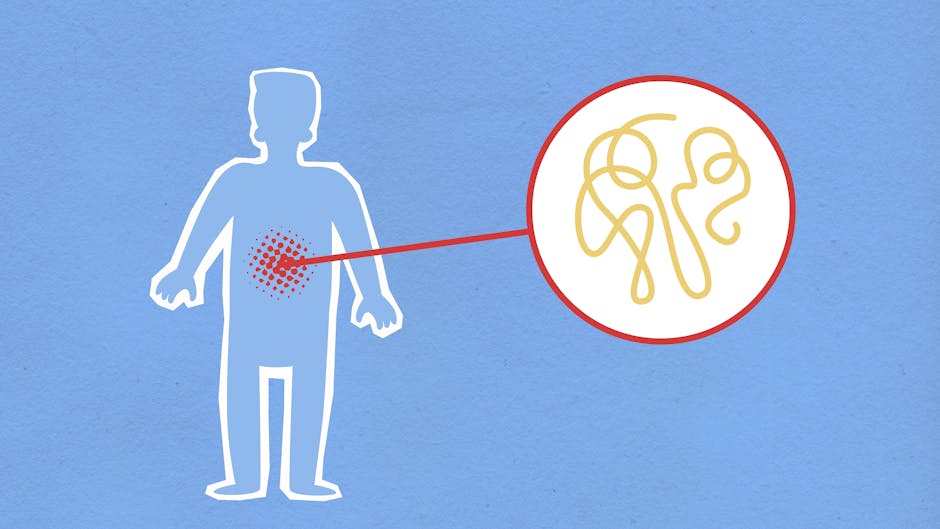Mastering Body Language in Meetings: FBI Tips for Effective Communication
“Body language plays a crucial role in effective communication, especially in professional settings like meetings. By understanding and applying FBI techniques for reading body language, you can enhance your ability to interpret nonverbal cues, build stronger relationships, and communicate more effectively with colleagues and clients. ”

In today's fast-paced business world, effective communication is key to success. While verbal communication is important, nonverbal cues, such as body language, can speak volumes about a person's thoughts, feelings, and intentions. Mastering the art of reading body language in meetings can give you a significant advantage in your professional life.

The Importance of Body Language in Meetings
According to research, up to 93% of communication is nonverbal. This means that the way you carry yourself, your facial expressions, and your gestures can have a profound impact on how your message is received. In meetings, where important decisions are made and relationships are built, being able to read and interpret body language can be a game-changer.
FBI Techniques for Reading Body Language
The Federal Bureau of Investigation (FBI) has long recognized the importance of body language in communication. FBI agents are trained to observe and interpret nonverbal cues to gather information and assess situations. Some of the key techniques they use include:
- Observing eye contact: The amount and quality of eye contact can reveal a person's level of engagement, honesty, and confidence.
- Noting facial expressions: Micro-expressions, such as a brief smile or a furrowed brow, can provide insight into a person's true feelings.
- Analyzing posture and gestures: The way a person sits, stands, or moves their hands can indicate their level of comfort, openness, or defensiveness.

Common Body Language Cues in Meetings
-
Neck Touching: Touching the neck or throat can be a sign of discomfort, stress, or insecurity. If you notice someone frequently touching their neck during a meeting, it may indicate that they are feeling uneasy or unsure about the topic being discussed.
-
Steeple Gestures: When a person brings their fingertips together to form a "steeple" shape, it often indicates confidence, authority, or a sense of superiority. This gesture is commonly seen among leaders or those who feel they have the upper hand in a situation.

-
Crossed Arms: Crossing one's arms can be a sign of defensiveness, resistance, or disengagement. However, it's important to consider the context, as someone may simply be cold or comfortable with this posture.
-
Leaning Forward: When someone leans forward during a meeting, it usually indicates interest, engagement, and a desire to be involved in the conversation. This is a positive sign that the person is actively listening and wants to contribute.
Applying Body Language Skills in Meetings
To effectively apply your body language reading skills in meetings, consider the following tips:
- Be observant: Pay attention to the nonverbal cues of others, but do so subtly to avoid making anyone feel uncomfortable.
- Consider context: Always interpret body language in the context of the situation and the individual's personality. Some people may have unique mannerisms that don't necessarily reflect their true feelings.
- Use your own body language: Be mindful of your own nonverbal communication. Use open, confident body language to build stronger relationships and create a positive atmosphere in meetings.

By mastering the art of reading body language in meetings, you can become a more effective communicator, build stronger professional relationships, and make better-informed decisions. Incorporate these FBI techniques into your communication toolkit and watch your meeting skills soar.